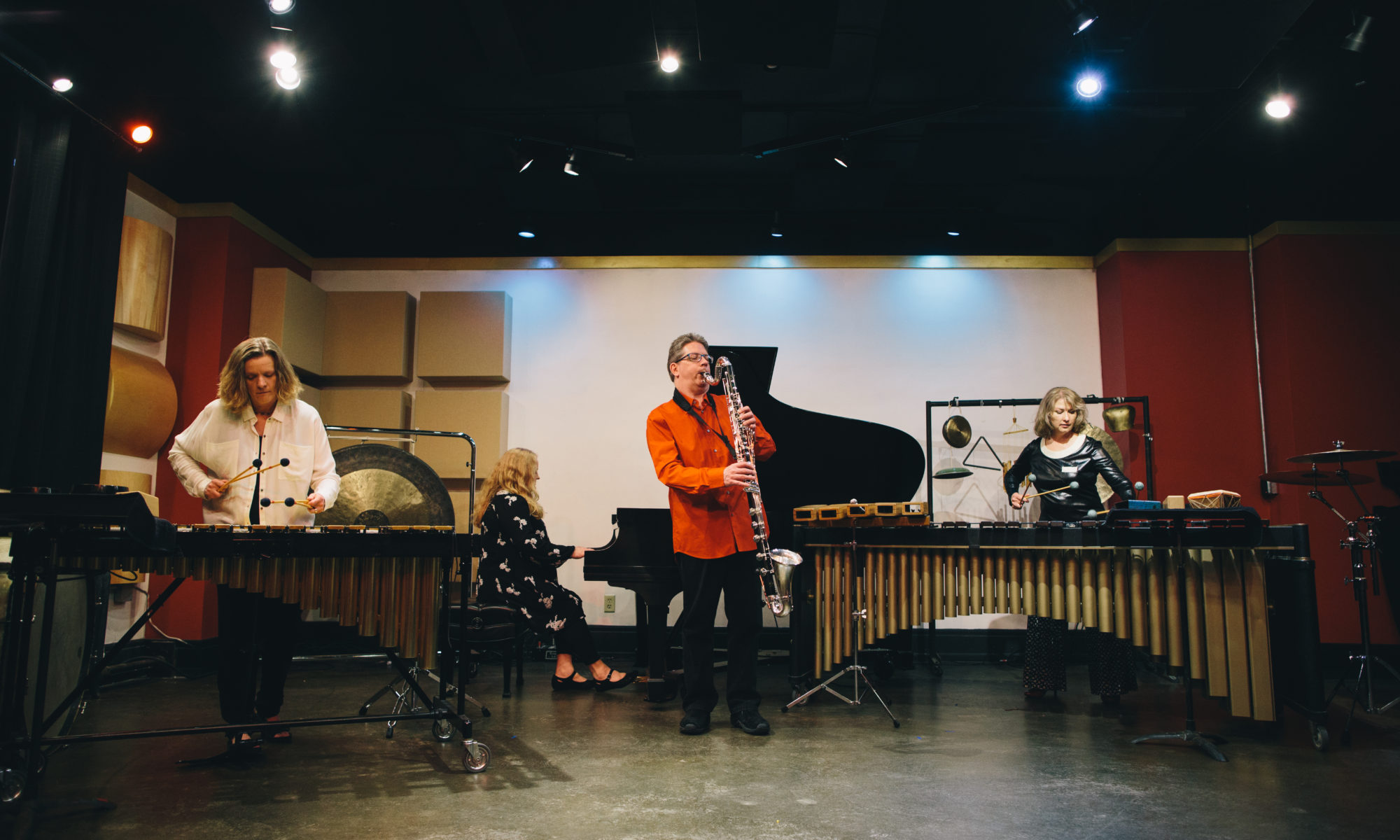Dirge (1937)
by Mildred Couper
For two pianos, second piano tuned a quarter-tone higher than the first. This tuning increases the original 88 pitch levels to 176, expands the gamut by a quarter step, and emphasizes the amorphous character of the harmony.
–Maurice Hinson
Music for More than One Piano: An Annotated Guide
Mildred Couper (1887-1974), American composer and pianist, was, along with Charles Ives, one of the first musicians to experiment with quart e r-tone music. Born in Buenos Aires, Argentina; educated in Italy, France (where she was a student of the young Harmony teacher at the Conservetoire, Nadia Boulanger), and Germany; married to American expatriate artist Richard Hamilton Couper; she spent her early married life in Rome, Italy. At the outbreak of World War One she and her family fled to New York City. Her artist husband, Richard Couper, died of the ‘flu in 1918, leaving her with two young children. In New York she taught piano for nine years at the newly-founded David Mannes Music School (where fellow composer Johanna Beyer was a student). She moved to California in 1927 and established a studio in Santa Barbara where she started her quarter-tone experiments, the first work in this medium being a ballet, Xanadu (1930). She was a friend of composers Igor Stravinsky, Henry Cowell, and Harry Partch, who dubbed her the “Fairy Godmother of his Chromatic Organ.”

